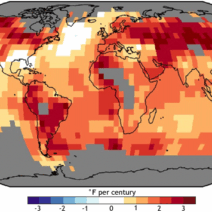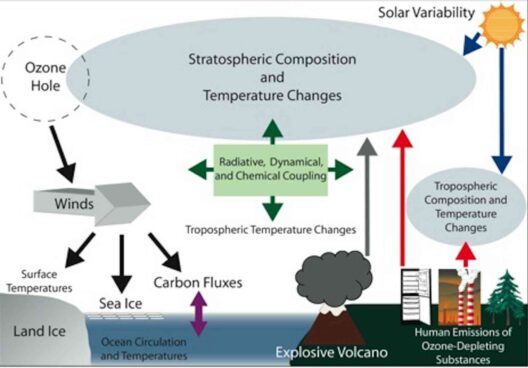Kinetic energy is a fundamental concept in physics, relating to the energy an object possesses due to its motion. The question of whether kinetic energy is conserved in all collisions is a nuanced topic, requiring consideration of various factors, including the types of collisions and the conditions under which they occur. This article explores the intricate details surrounding kinetic energy conservation, differentiating between elastic and inelastic collisions and delving into the principle of conservation of energy.
1. Introduction to Kinetic Energy
Kinetic energy is mathematically expressed as ( KE = frac{1}{2}mv^2 ), where ( m ) is the mass of the object and ( v ) is its velocity. This equation reveals that the kinetic energy of an object increases with the square of its velocity, meaning that even small changes in speed can have significant effects on energy content. Understanding kinetic energy provides the basis for analyzing how it behaves during different types of collisions.
2. Types of Collisions
In the realm of mechanics, collisions are classified primarily into two categories: elastic and inelastic collisions. Each type has distinctive characteristics that determine whether kinetic energy is conserved.
2.1. Elastic Collisions
In an elastic collision, both momentum and kinetic energy are conserved. This scenario typically occurs in ideal conditions, which means that no energy is transformed into other forms such as heat, sound, or deformation. A classic example is the collision of two ideal gas molecules, where the conservation laws hold true. When two objects collide elastically, they bounce off each other, maintaining their respective total kinetic energy and momentum before and after the collision. The mathematical representation of elastic collisions can be derived from the following equations:
- Momentum Before = Momentum After
- Kinetic Energy Before = Kinetic Energy After
This conservation allows for precise predictions concerning the velocities of colliding bodies post-impact.
2.2. Inelastic Collisions
Contrarily, inelastic collisions are those in which momentum is conserved, but kinetic energy is not. This discrepancy arises because some kinetic energy is diverted into other forms of energy, such as heat, sound, or deformation of the colliding bodies. A familiar example of an inelastic collision is a car crash, where the vehicles crumple upon impact. In an inelastic collision, the colliding objects may stick together after impact, demonstrating a significant loss of kinetic energy:
- Momentum Before = Momentum After
- Kinetic Energy Before ≠ Kinetic Energy After
This scenario has profound implications in engineering and safety design, necessitating a thorough understanding of energy dissipation during collisions.
3. Perfectly Inelastic Collisions
A specific type of inelastic collision is the perfectly inelastic collision, where the colliding objects stick together post-collision, moving as a single entity. In such cases, the maximum amount of kinetic energy is transformed into other energy forms. Such collisions demonstrate the stark difference in conservation laws. A concrete example is a clay ball thrown at a stationary mass, where both bodies join post-impact. The mathematical relationships still govern the momentum, ensuring conservation:
- Initial Momentum = Final Momentum
However, the kinetic energy is substantially less afterward, as significant energy is converted to internal energy, heat, or sound.
4. Real-World Applications
Understanding kinetic energy conservation is crucial in various fields, from physics to engineering to environmental science. In vehicle safety design, maximizing energy absorption during crashes is key to protecting occupants. Designers aim to convert kinetic energy into less harmful forms, such as in crumple zones and airbags, thereby safeguarding lives. Moreover, in sports science, knowledge of collisions contributes to athletic training, where understanding the transfer of energy can enhance performance and prevent injuries.
In environmental contexts, the principle of energy conservation mirrors ecological dynamics. Just as kinetic energy is transformed during collisions, energy in ecosystems transitions among various forms. Recognizing these transformations enhances comprehension of sustainability measures and energy conservation practices.
5. Conclusion
In summary, kinetic energy is not universally conserved in all collisions. The nature of the collision—elastic versus inelastic—determines the outcome regarding energy conservation. While elastic collisions maintain both momentum and kinetic energy, inelastic collisions compromise kinetic energy, redirecting it into alternative energy forms. Understanding these principles underpins numerous scientific disciplines and applications, driving advancements in safety, technology, and ecological awareness.






